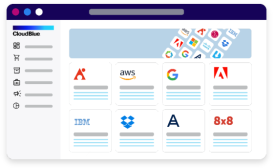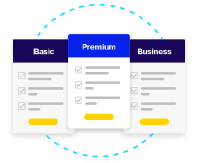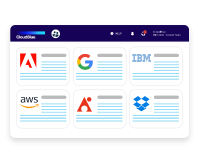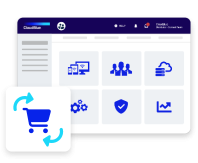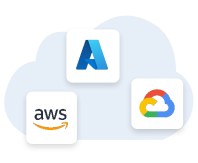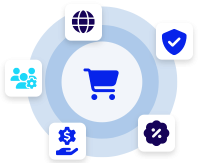A Billing Schedule is a predefined plan outlining when and how often payments are collected for a product or service. In the software as a service (SaaS) industry, a billing schedule is crucial for managing recurring revenue, as it dictates the frequency and timing of payments from customers.
Billing schedules can vary widely depending on the business model and customer preferences. Common intervals include monthly, quarterly, semi-annual, or annual billing. Some companies may also offer customized schedules to accommodate specific client needs. For instance, a customer might prefer a billing schedule that aligns with their fiscal year or cash flow cycles.
The choice of a billing schedule impacts both the customer experience and the financial stability of the service provider. For customers, a flexible billing schedule can make a service more accessible by spreading out payments over time, reducing the financial burden of a large upfront cost. This flexibility can enhance customer satisfaction and loyalty, as customers are more likely to continue using a service that aligns with their payment preferences.
For SaaS providers, a well-defined billing schedule is essential for maintaining a steady cash flow. Regularly scheduled payments help in forecasting revenue, managing operational costs, and planning for growth. Providers often use automated billing systems to ensure that invoices are sent out and payments are collected according to the established schedule, reducing the likelihood of errors and missed payments.
In addition to the timing of payments, a billing schedule may also specify the method of payment, such as credit card, bank transfer, or direct debit. Some schedules may include grace periods, late fees, or discounts for early payments, providing further flexibility and incentives for timely payments.
A clear and well-structured billing schedule is key to successful subscription management, helping both customers and providers manage their financial commitments effectively.

